Sanae Takaichi becomes Japan’s first female prime minister amid rightward political shift
Sanae Takaichi was elected Japan's first female prime minister following a coalition deal between the Liberal Democratic Party and the right-wing Japan Innovation Party. Her ultraconservative views mark a significant shift in Japanese politics.
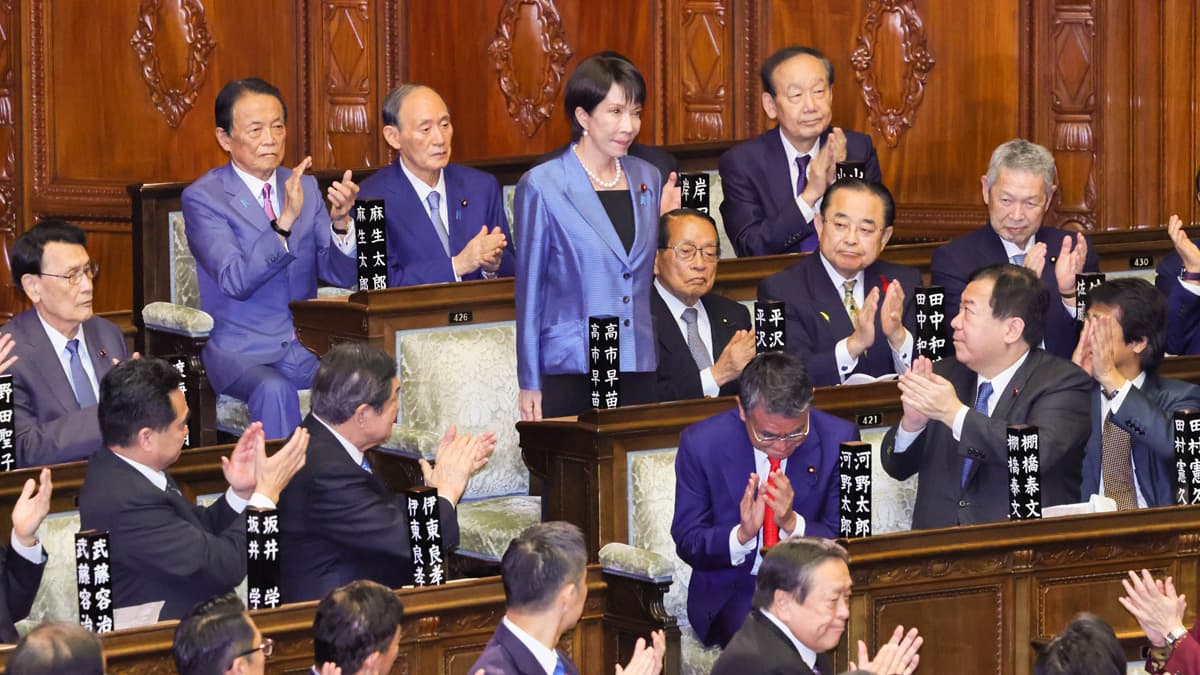
- Sanae Takaichi has been elected as Japan’s first female prime minister, following a new coalition deal.
- Known for her ultraconservative views, Takaichi's leadership reflects a notable shift to the right in Japanese politics.
- Despite promises of gender reform, Takaichi appointed only a few women to her Cabinet and remains opposed to key equality policies.
Historic election installs Japan’s first female prime minister
Japan’s parliament on 21 October 2025, elected Sanae Takaichi as the country’s first female prime minister, ushering in a new era in Japanese politics marked by sharp ideological shifts and coalition manoeuvring.
Takaichi, 64, was selected following weeks of political uncertainty, succeeding Shigeru Ishiba, who resigned earlier in the day with his Cabinet. Ishiba's departure follows the Liberal Democratic Party’s (LDP) poor performance in the July general election, which left the party without a clear majority.
Takaichi, a veteran conservative known for her strong nationalist views, secured 237 votes in the lower house — just four above the required majority — defeating opposition leader Yoshikoko Noda of the Constitutional Democratic Party of Japan.
A coalition forged on the right
Her election was made possible through a new coalition between the LDP and the Japan Innovation Party (JIP), a populist right-wing group based in Osaka. The alliance helped secure Takaichi’s victory despite the coalition falling two seats short of a formal majority in parliament.
According to NHK, LDP Secretary-General Shunichi Suzuki acknowledged the party's internal disarray in recent months, and pledged that the new government would prioritise tackling inflation and economic recovery.
JIP has not accepted ministerial roles under the new government. Its leader, Hirofumi Yoshimura, said the party would first evaluate the partnership’s effectiveness before committing to Cabinet participation.
Cabinet composition reflects consolidation of party power
Takaichi’s Cabinet appointments reflect both consolidation and compromise within the LDP. Former minister of defence Minoru Kihara was named chief Cabinet secretary, while Toshimitsu Motegi, a seasoned politician with foreign affairs experience, was appointed as minister for foreign affairs.
Other key appointments include:
-
Shinjiro Koizumi as minister of defence
-
Yoshimasa Hayashi as minister for internal affairs and communications
-
Ryosei Akazawa, Ishiba’s former chief trade negotiator, as minister of economy, trade and industry
Despite her earlier pledge to significantly increase female representation in government, only three women were appointed. All were known supporters from her leadership campaign:
-
Satsuki Katayama, minister of finance
-
Kimi Onoda, minister for economic security
-
Midori Matsushima, prime minister’s aide
Traditional views, modern controversies
Takaichi's ideological stance diverges starkly from what some might expect of a female trailblazer. She holds conservative views on social policy and gender roles and is often compared to former UK prime minister Margaret Thatcher, whom she openly admires.
Despite Japan’s low global ranking on gender equality — 118th out of 148 in the 2025 Global Gender Gap Report by the World Economic Forum (WEF) — Takaichi has shown little interest in pursuing feminist reforms. She opposes same-sex marriage, supports male-only succession in the imperial family, and resists allowing separate surnames for married couples.
Takaichi has argued instead for increased support for women’s health and fertility treatment. She has publicly shared her struggles with menopause, calling for better education for men about female health issues in workplaces and schools.
Political origins: from Nara to Nagatachō
Born in Nara Prefecture, Takaichi’s background contrasts with the political dynasties common in Japanese leadership. Her father worked in the automotive industry and her mother was employed by the local police department.
Denied parental funding to attend a private university, she instead enrolled at Kobe University, commuting six hours daily while supporting herself through part-time work.
Her political break came in 1987 when she became a congressional fellow in the US, working under Democratic Congresswoman Pat Schroeder. Upon returning to Japan, she used her international credentials to launch a career in television, eventually entering politics in 1993 as an independent candidate.
She joined the LDP in 1996 and went on to serve in various key roles, most notably as minister of internal affairs and communications under Shinzo Abe.
A loyalist to the Abe legacy
Takaichi is widely regarded as a political heir to the late Shinzo Abe, who served as prime minister for nearly a decade and was assassinated in 2022. Her policies echo Abe’s conservatism, especially regarding constitutional reform, security, and historical revisionism.
Political commentator Jeffrey Hall, a lecturer at Kanda University of International Studies, stated: “Takaichi definitely depicts herself as the successor to Abe’s conservative legacy. They shared similar ideologies, especially on China and WWII.”
Hall added that her adherence to modern monetary theory — advocating increased government spending, especially on defence — distinguishes her from some LDP fiscal conservatives, while reinforcing her nationalist outlook.
Controversial views on immigration and history
Takaichi’s hardline stance on immigration and national security has drawn domestic and international scrutiny. She has proposed tighter property ownership laws for foreigners and implied that Chinese nationals in Japan could act as spies — a claim critics describe as fearmongering.
During her leadership campaign, she spoke against unregulated tourism, citing unverified claims of tourists mistreating sacred deer in Nara Park as justification for stricter controls. Critics have interpreted these remarks as xenophobic.
Her position on WWII history has also caused controversy. Takaichi has questioned the use of coercion in Japan’s wartime mobilisation of Korean labourers and “comfort women” — a term used for women forced into sexual slavery by the Imperial Japanese Army. She supported campaigns to remove such references from school textbooks.
However, in a symbolic softening, she refrained from visiting Yasukuni Shrine — a contentious site honouring convicted war criminals — during this year’s autumn festival, opting to send a ceremonial offering instead.
Relations with the US and Donald Trump
Takaichi has signalled a friendly posture toward US President Donald Trump, who congratulated her via social media, calling her “a highly respected person of great wisdom and strength.”
Takaichi responded in kind, expressing a desire to strengthen bilateral ties and maintain a “Free and Open Indo-Pacific.” She is expected to meet Trump during his upcoming visit to Japan.
Observers suggest Takaichi is likely to emulate Abe’s diplomatic strategy of maintaining close ties with the US while avoiding public policy disagreements. “You do not have public disagreements with [Trump],” said Hall, adding that differences are expressed “in a very subtle way.”
Legacy in the making
Though Takaichi’s election marks a historic moment for gender representation in Japanese politics, analysts are sceptical that her leadership will substantially improve the position of women or minorities.
Her appointment is seen more as a symbolic breakthrough than a transformative shift in policy direction for gender equality.
Still, her rise from modest beginnings to the highest office in the country signals potential change in the pathways to power in Japan — if not yet in the policies those powers enact.
As Japan’s political landscape continues to evolve, Takaichi will face immense scrutiny from both domestic and international observers over her capacity to lead a deeply divided government through economic challenges, global diplomacy, and cultural tension.

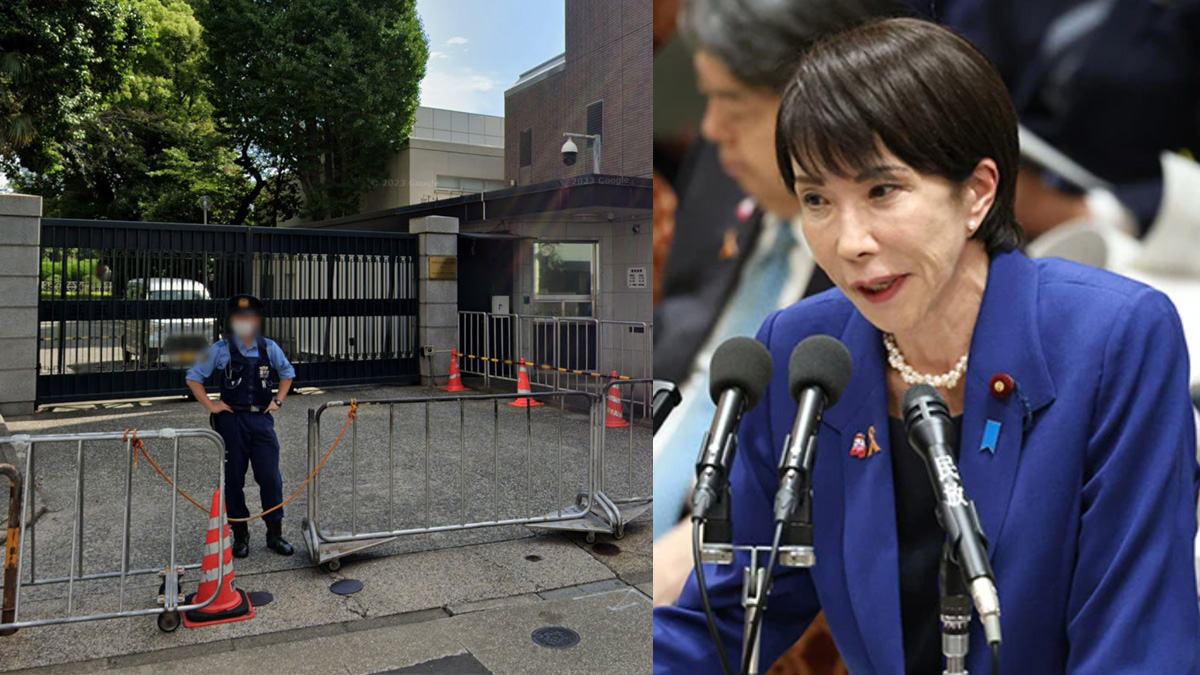
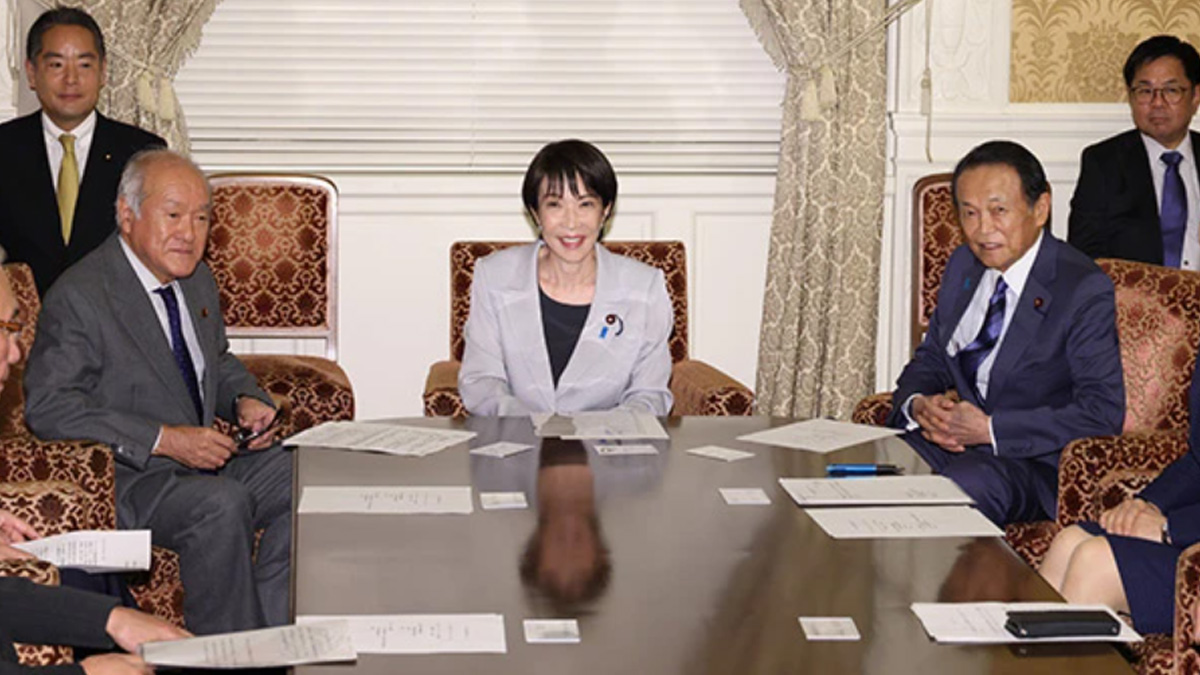
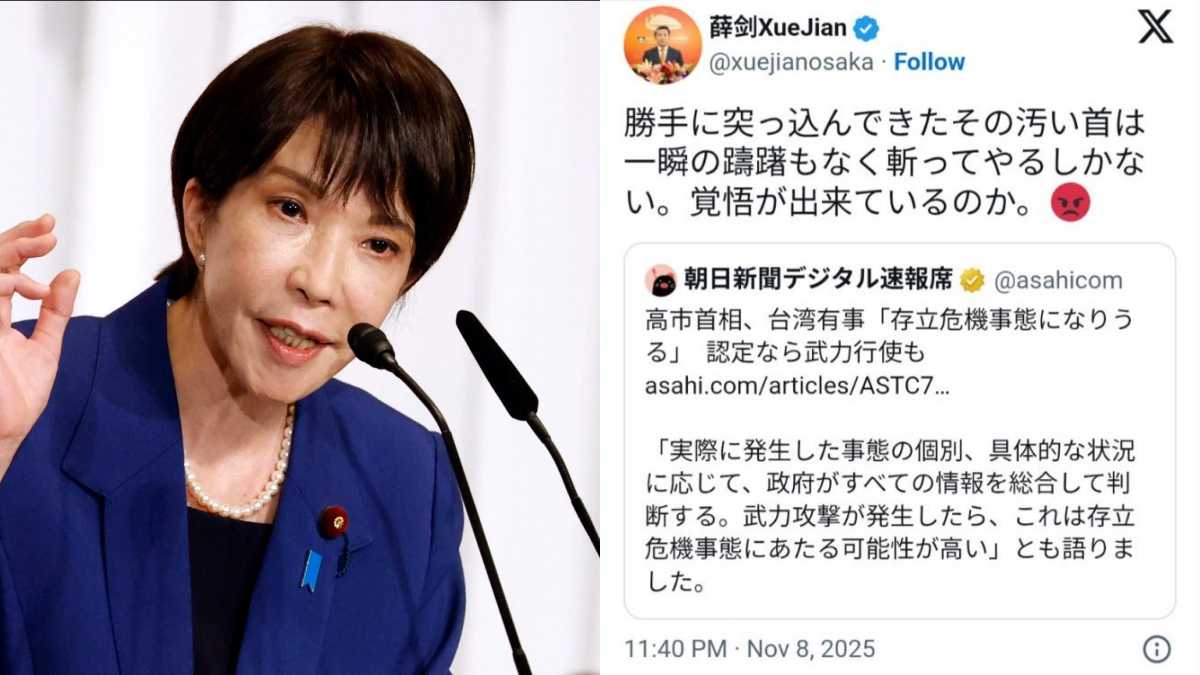
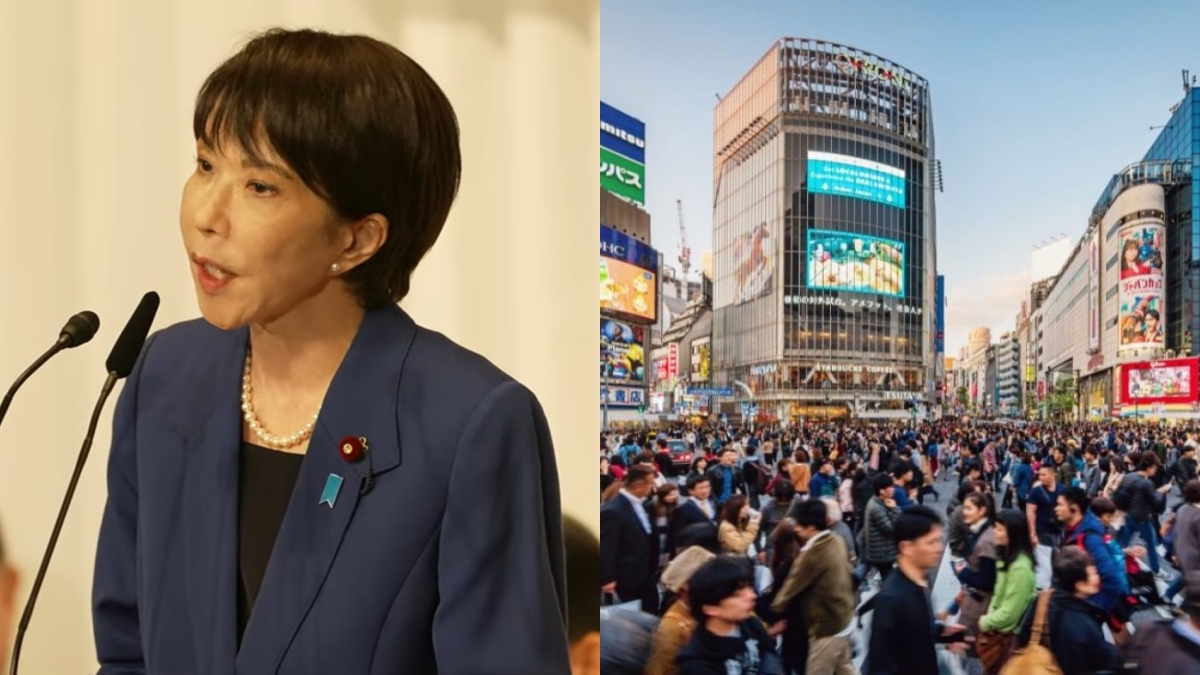







0 Comments